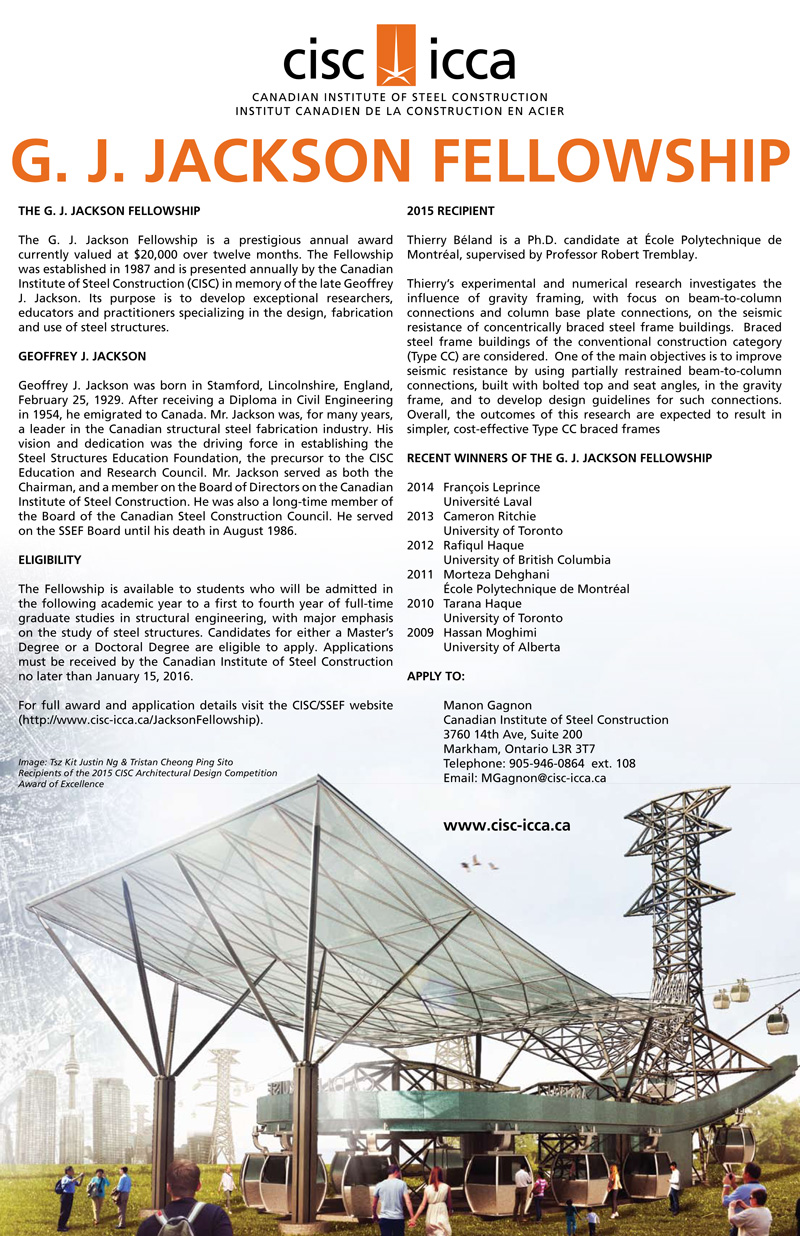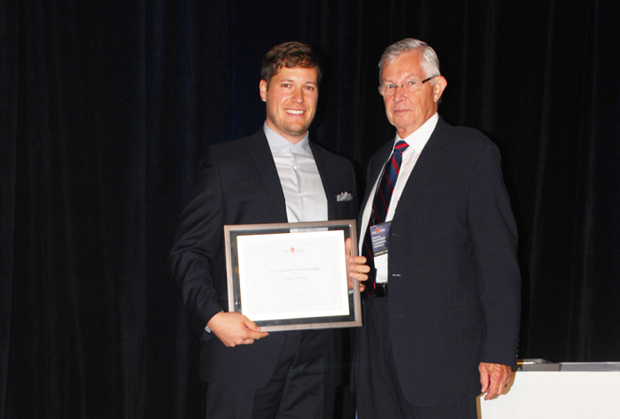Steel Construction New Zealand recently commissioned a design guide for CRSBFs because of the potential that they see for these systems to compete with other Seismic Force Resisting Systems. Taylor is working to address some of the issues that were identified in the development of this design guide, particularly relating to critical connections and the prediction of peak member forces.
Focusing on critical connections, Taylor is using numerical modelling and experimental validation to develop guidelines for practising engineers to use with commercially available software in the design of CRSBFs. Taylor is investigating different hazard levels to evaluate the collapse probability and general performance of these systems including different modes of structural failure. The goal of this work is to improve the economics of designing and constructing controlled rocking steel braced frames by validating the reduction of materials needed to construct the system.
It is expected that this work will lead towards CRSBFs being included as an acceptable seismic force resisting system in future editions of the National Building Code and CSA S16, Clause 27. Although CRSBFs are currently being developed for regions of high seismicity, it is anticipated that a few simple modifications will also make them economically competitive for regions of low to moderate seismicity as well.
WHERE ARE THEY NOW?
View Taylor Steele‘s LinkedIn Profile.


